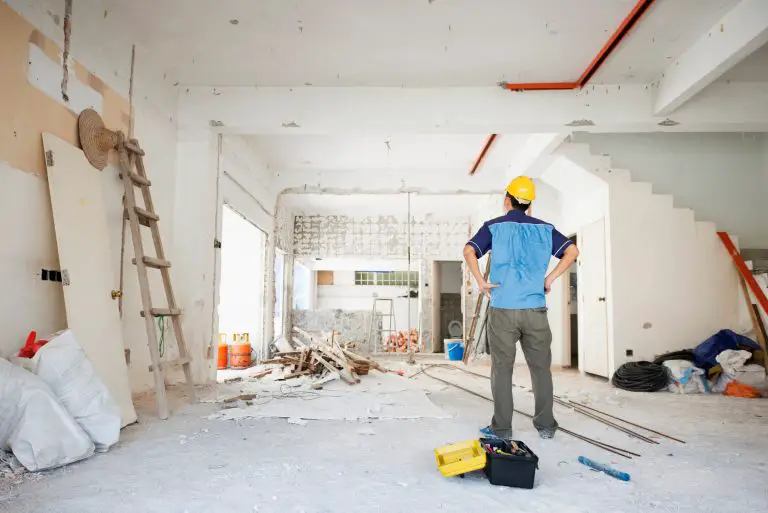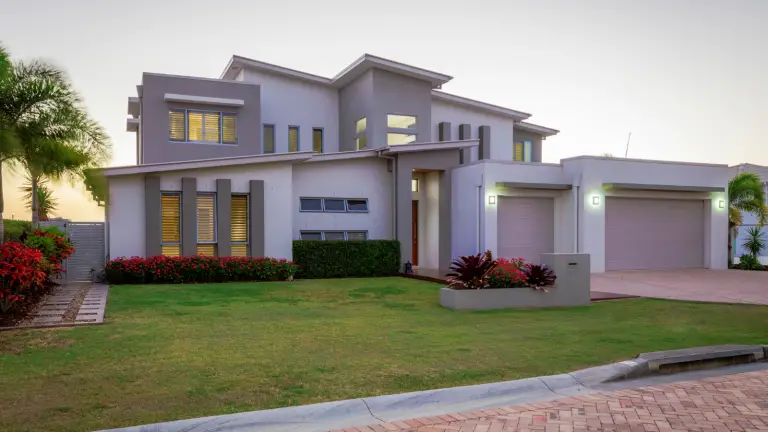
Older brick homes often have nothing but brick forming exterior walls, and this can make insulation upgrades a challenge. Read my answer to a homeowner figuring out how to deal with this challenge.
Question: How can I insulate the walls of my double-brick house? The place was built in 1950. One contractor says he can drill holes in the plaster and blow insulation into the space between the bricks, but another says this won’t work.
Answer: Boosting home insulation is almost always a good idea, but brick construction like you have presents distinct challenges. Though it’s certainly possible to drill holes and try to blow insulation into your walls, chances are the space is choked with hardened bits of mortar that fell into the space as the bricks went up. This would prevent loose insulation from getting into every nook and cranny, and even if it did, moisture would probably be a problem. Bricks aren’t good at keeping rainwater out, especially old bricks. That said, injecting slow-rise foam into the wall cavity holds a lot more promise.

You can do this work yourself using a spray foam kit like you see above, and slow-rise formulations are made especially so the foam expands and creeps slowly into wall cavities. It works especially well in hollow wood frame walls, but works for brick if you take special measures to “see” where the foam goes, drilling and spraying accordingly. Foam like this gives off heat as it cures, allowing you to use an infrared camera to see where the foam has and has not crept in. You can see an image like this below, from a brick garage insulation job I was on a few years ago. Lighter areas show where the foam is and where it is not. After an initial foam application, look to see areas that have no foam, drill more holes in those places, then inject more slow-rise foam.

You can see the process in action in the video below. It involves insulating a stud frame wall from the inside, but the same process applies to double brick construction.
- Video Watch Time = 8 minutes
Surface Insulation
Another approach involves applying two inches of extruded polystyrene foam to the inside or outside face of exterior walls. This is a big job involving tricky finishing work around windows and doors, but it does work very well, and is less costly than foam injection. Trouble is, it only makes sense if you’re planning to install new siding on the outside or drywall on the inside.












